Fall From Grace
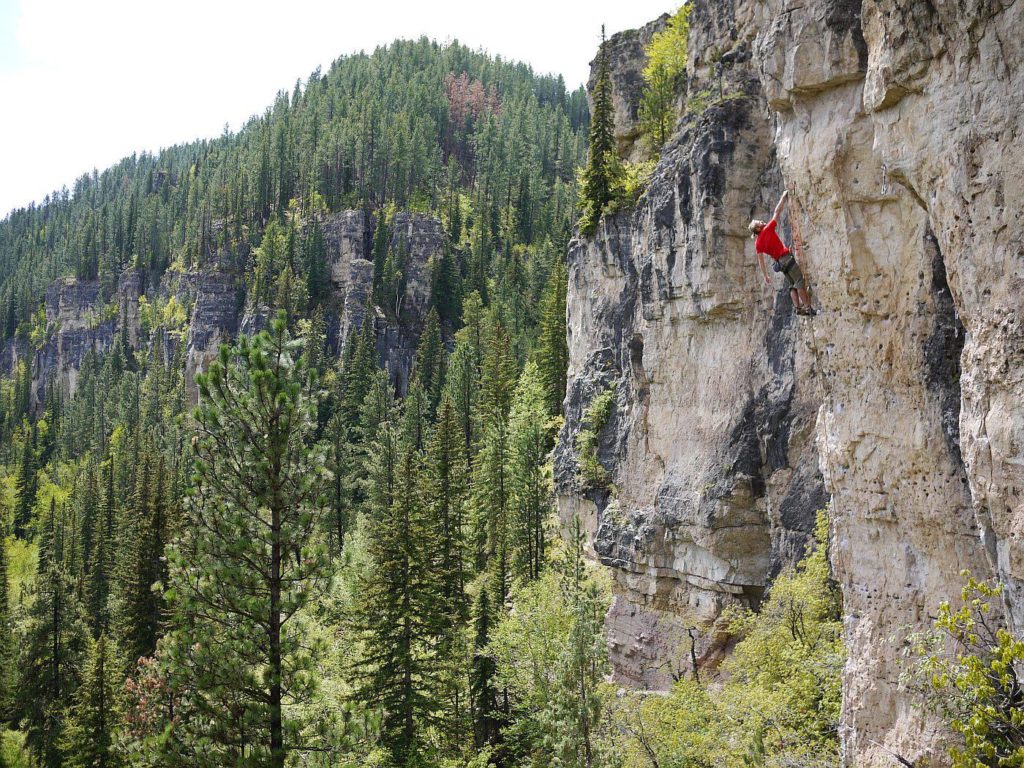
You’re up in the mountains, climbing mixed alpine routes and having a day. The kind of day that feels like nothing could go wrong. You are climbing with a new climbing partner, who mostly is a gym rat, yet strong and you’ve been able to share some knowledge of outdoor climbing. It’s just after lunch and you decide to run up this rampart to access the wall and try a new climb. Your partner has just flaked out the rope, and you both check harnesses and knots, all is good. You climb strong, send it in one go and yell down to your partner, “Okay; on you.” As you are getting lowered, you have a fleeting thought, “I put a stopper knot in the rope, yeah?” At that point you feel a quick acceleration and you hear the wind rush around you….
It happens so fast but after the fall, you ask yourself, “Why this happen?” And you recall that you had cut your rope d/t fraying ends, you did have a stopper knot, but your partner undid the knot when they flaked the rope, forgot to put it back in and you missed checking for it. It was not one error or one person’s fault, but a summation of little mistakes that results with you lying broken in the mountains, unsure how long it will take for help to get there and leaving you to think if you will ever climb again.
In medicine there is a Bio-Psycho-Social model of health which encompasses an individual’s Biology, Psychology and Social factors and how these factors influence an individual’s sense of well being. In the circumstances when an individual receives a physical injury, the majority of the attention is focused towards the biology, which includes: tissue healing, rehabilitation, nutrition, rest and getting back to movement. However, an individual’s recovery is multifaceted.
In 2016, British Journal of Sports Medicine published a Systematic Review by Forsdyke et al, discussing how psycho-social factors are associated with outcomes of sports injury rehab in competitive athletes. What is the take away?
Psycho-social factors such as: interpersonal dynamics, socio-economic status, self identity, are only a few of many in which can be associated with good or bad return to sport outcomes. An injured athlete’s thoughts, feelings and actions may influence the outcome of rehabilitation. Having social support, decreasing daily stressors and having a strong sense of self may prepare the best environment for our bodies to recover.
The following story that you will hear is of a fall and recovery sustained by a Denver climber. It will cover what kind of support he had and how he trusted the recovery process in order to get back to climbing today. Please enjoy.
Brian O’Meara, PT, DPT
Long Beach Memorial Medical Hospital – Acute/Acute Rehab Department
USC’s Physical Therapy Special Interest Rock Climbing Group
Article Review
Below is a review of the article that I used as a foundation of my discussion with Steve to illustrate the emotion, cognition and behaviors associated with a recovering from a traumatic climbing fall.
Article Title:
Forsdyke D, Smith A, Jones M, Gledhill A. Psychosocial factors associated with outcomes of sports injury rehabilitation in competitive athletes: a mixed studies systematic review. British Journal of Sports Medicine. 2016;50(9):537-544. doi:10.1136/bjsports-2015-094850
Article Summary:
Psycho-social factors were associated with a range of sports injury rehab outcomes. Practitioners need to recognize that an injured athlete’s thoughts, feelings and actions may influence the outcome of rehabilitation.
Physical readiness and psycho-social readiness to return to sport may not always coincide. Aim of the study was to examine the association between psycho-social factors and sports injury rehab.
Three Core Themes:
- Emotion associated with rehab outcomes (Deal with performance related anxiety, anxiety for re-injury/pain, falling behind, under-performing, feeling of isolation/alienation= impede long term psychological rehab)
- Cognition associated with rehab outcome (Restoration of self: self-confidence, self-esteem, self-identity) (View the injury as positive opportunity for growth= successful rehab).
- Behaviors associated with rehab outcomes (Social network, trust in rehab provider, feeling wanted by others, satisfied by social support) (Insufficient social support = associated with unsuccessful rehab).
Discussion:
Fear of re-injury and fear of performance.
- Athletes who can effectively manage anxiety and fear will experience more positive outcomes from rehab. Psychological readiness important for return to sport. Restore self-confidence (confidence of injury site and confidence in performance). Experience adversity has potential to yield positive sport injury rehab outcomes.
- Successful rehab is overly simplistic and associated with many biophysical, technical, and tactical factors.
Application to Climbing Community:
- Medical practitioners need to be aware that injured athletes are emotional vulnerable, and that their emotional integrity may be fragile during rehab
- Climbing athletes are encouraged to perceive the injury experience as an opportunity for growth and development
- Practitioners need to ensure injured athletes are physically, psychologically, socially, tactically and technically ready to return to sport
- Practitioners should not assume that physical and psycho-social recovery from injury occurs within the same time-frame
About the Author
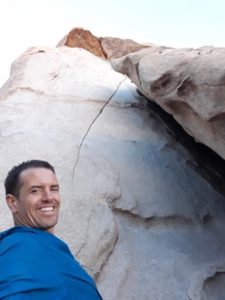
Brian O’Meara is a Physical Therapist with origins from the great state of Hockey…Minnesota. He earned a Bachelor’s degree at the University of Wisconsin-La Crosse in Physical Education, while learning the art of climbing on the local crags, Rope Swinging and Bridge Jumping. His sense of adventure lead him teaching overseas for a few years in countries like China, Honduras and Costa Rica. Afterwards, Brian pursued his desire to become a Physical Therapist and applied to schools around the nation whose campus were less then 1 hour drive from local climbing. Brian ended up at the University of Southern California where he completed his doctorate degree of Physical Therapy and now lives, works and plays in Long Beach, California. To contact Brian with any questions, comments or for consultations; please email him at brianjomeara@hotmail.com.
About Steve Dew
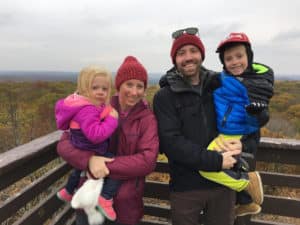
Steve and the Dew Crew (Kristen, Graham, Quinn, and the unseen “pups”) now reside outside of Milwaukee, Wisconsin as Steve is pursuing his degree to become a Nurse Anesthetist. Since the recovery Steve remains active as a Dad, husband, dog walker, and even a climber as much as possible though time is limited with studying to do. Steve reports he does miss being near mountains in Colorado, however returning to his state of origin Wisconsin has been a great move. If you care to follow up with Steve in regard to any questions on his recovery, he can be reached at stevedew2@gmail.com. Warning: Steve will be tied up in higher education for another 3 years, so patience is a virtue when expecting a response.
The Surgery
Below are images of the fusion surgery and the length of the scar incision.
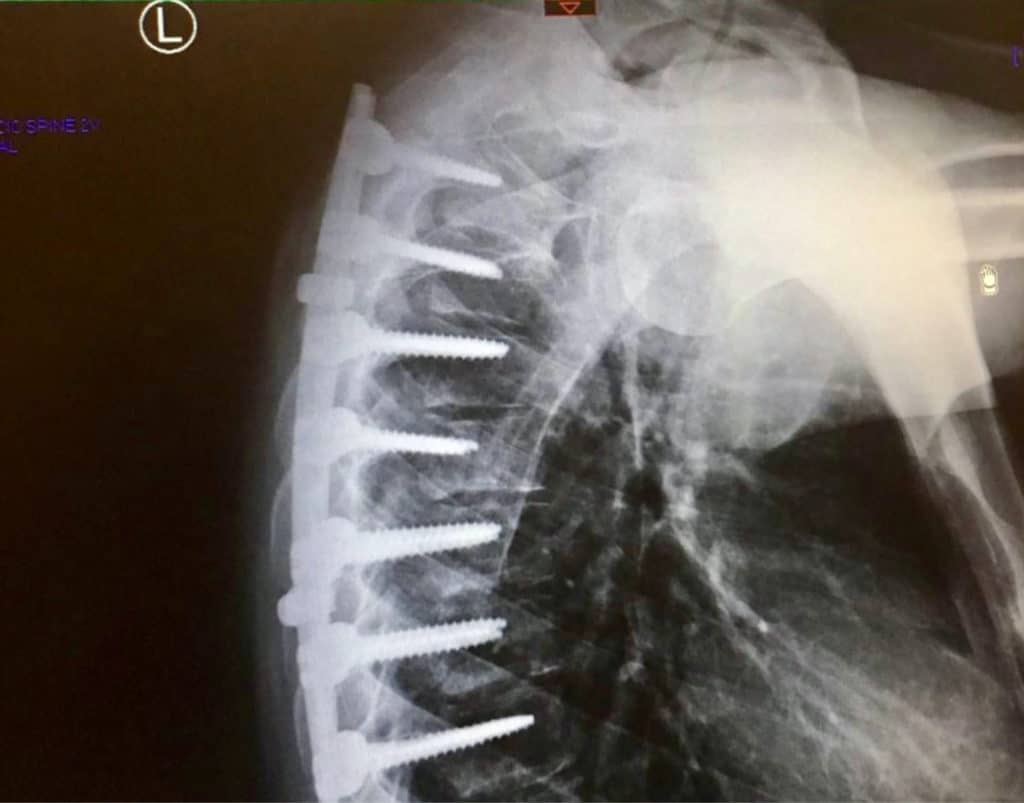
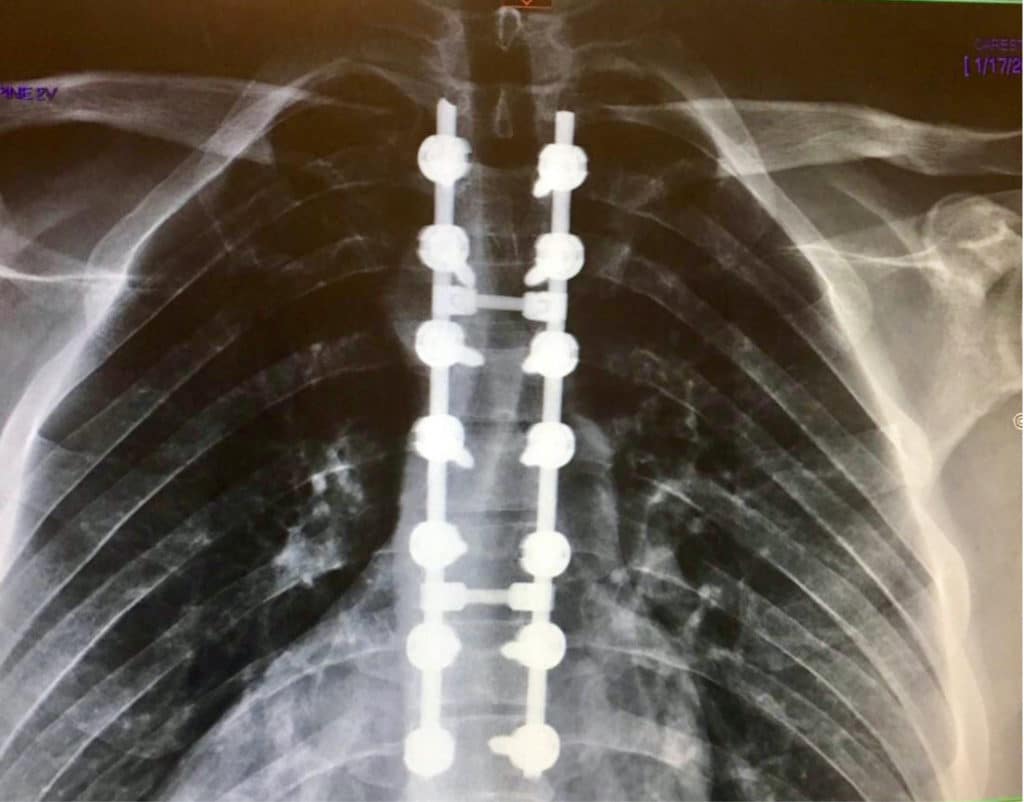
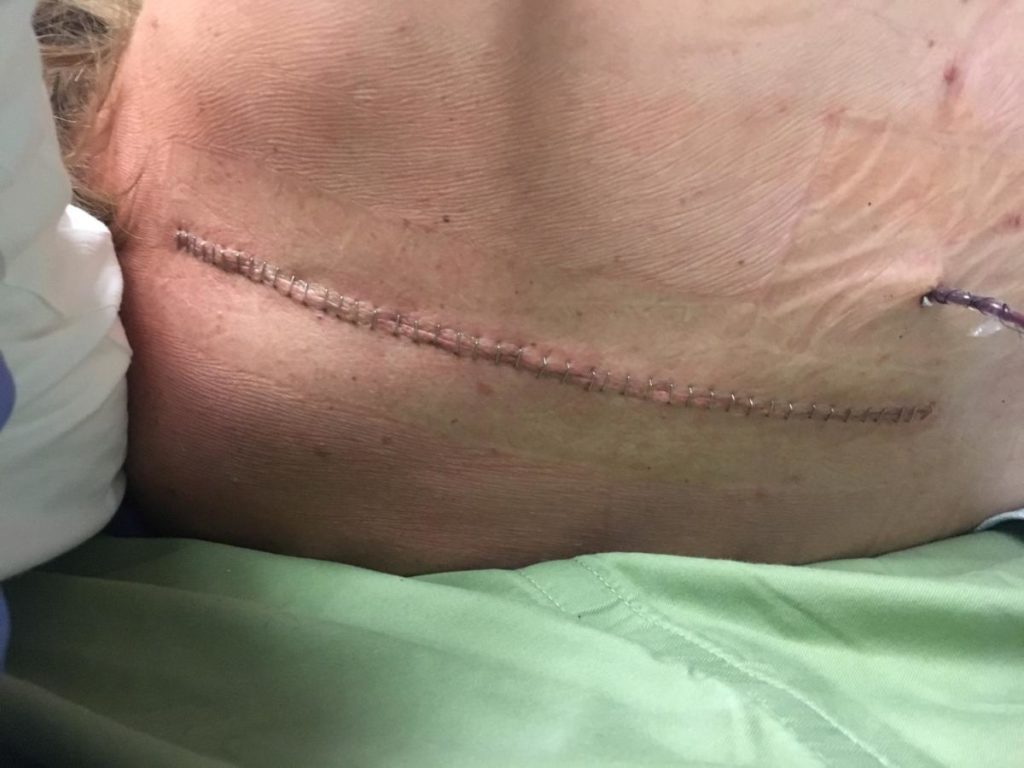
Enjoying The Outdoors
Post operatively, Steve still made sure to take the time to enjoy the great outdoors with the ones he loves.
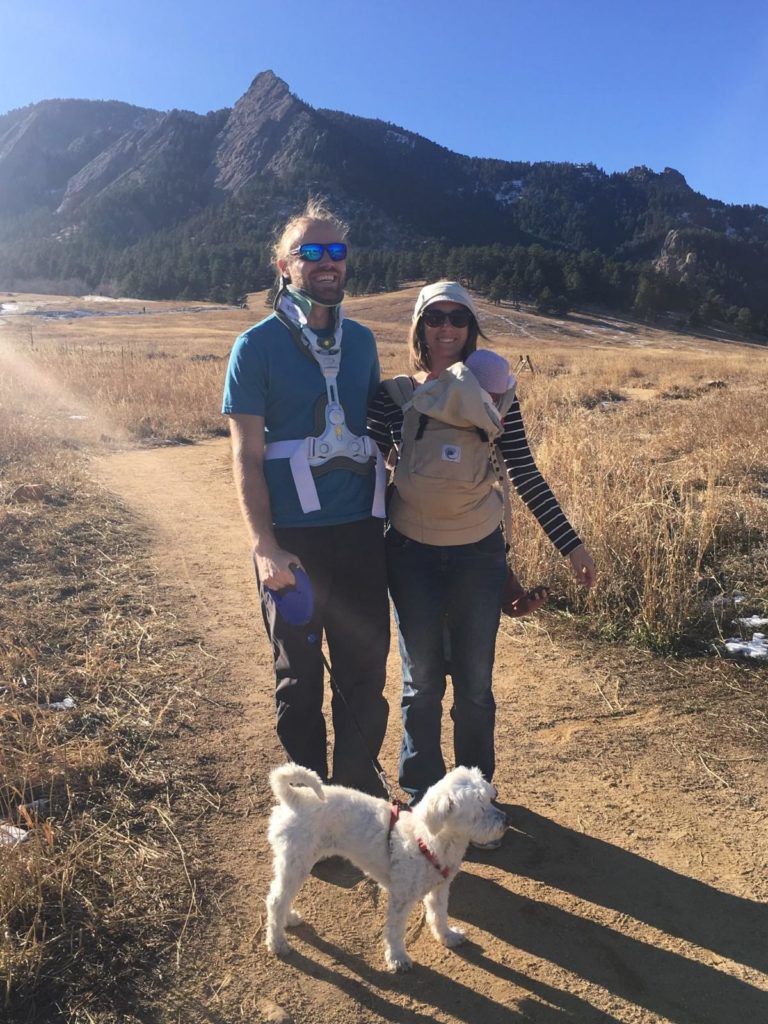
Back at It
Now he is back at it. Crushing 5.13 and getting back to his previous form.
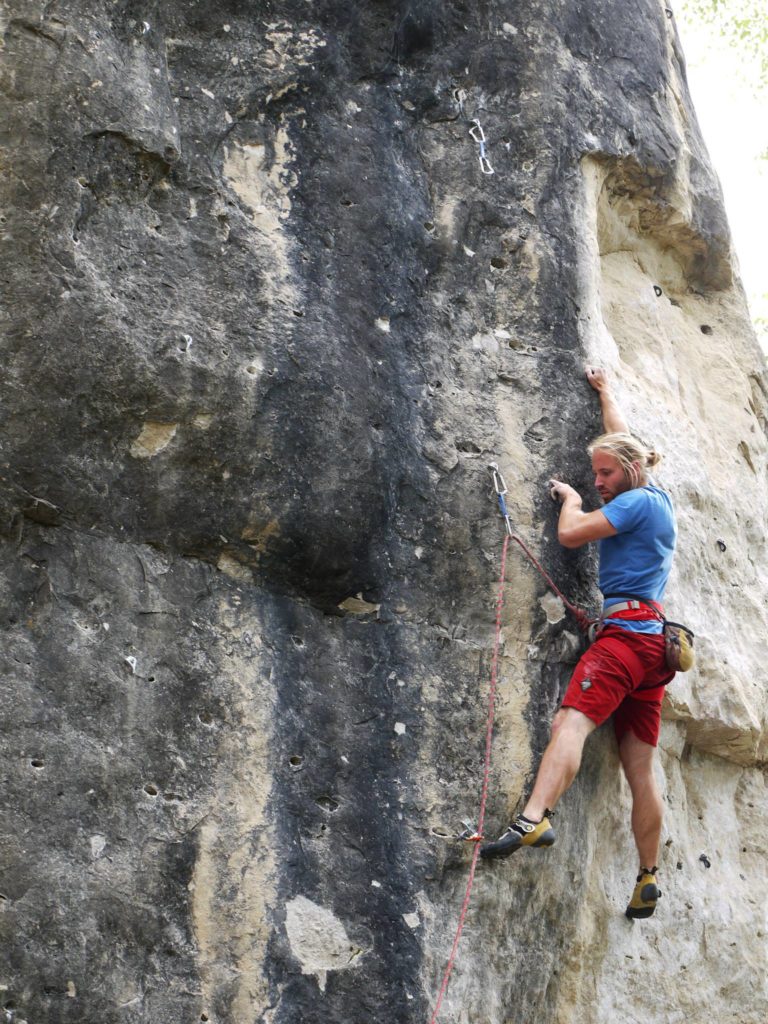
Music provided by Mick Couri

You can find Mick’s following albums on Spotify, and CDBaby
2010 Context
- Songs “Return” and “When the Lights go out in Tunnel City “ used in podcast
2017 Fail to Re-Imaging
- Disclaimer – The content here is designed for information & education purposes only and the content is not intended for medical advice.


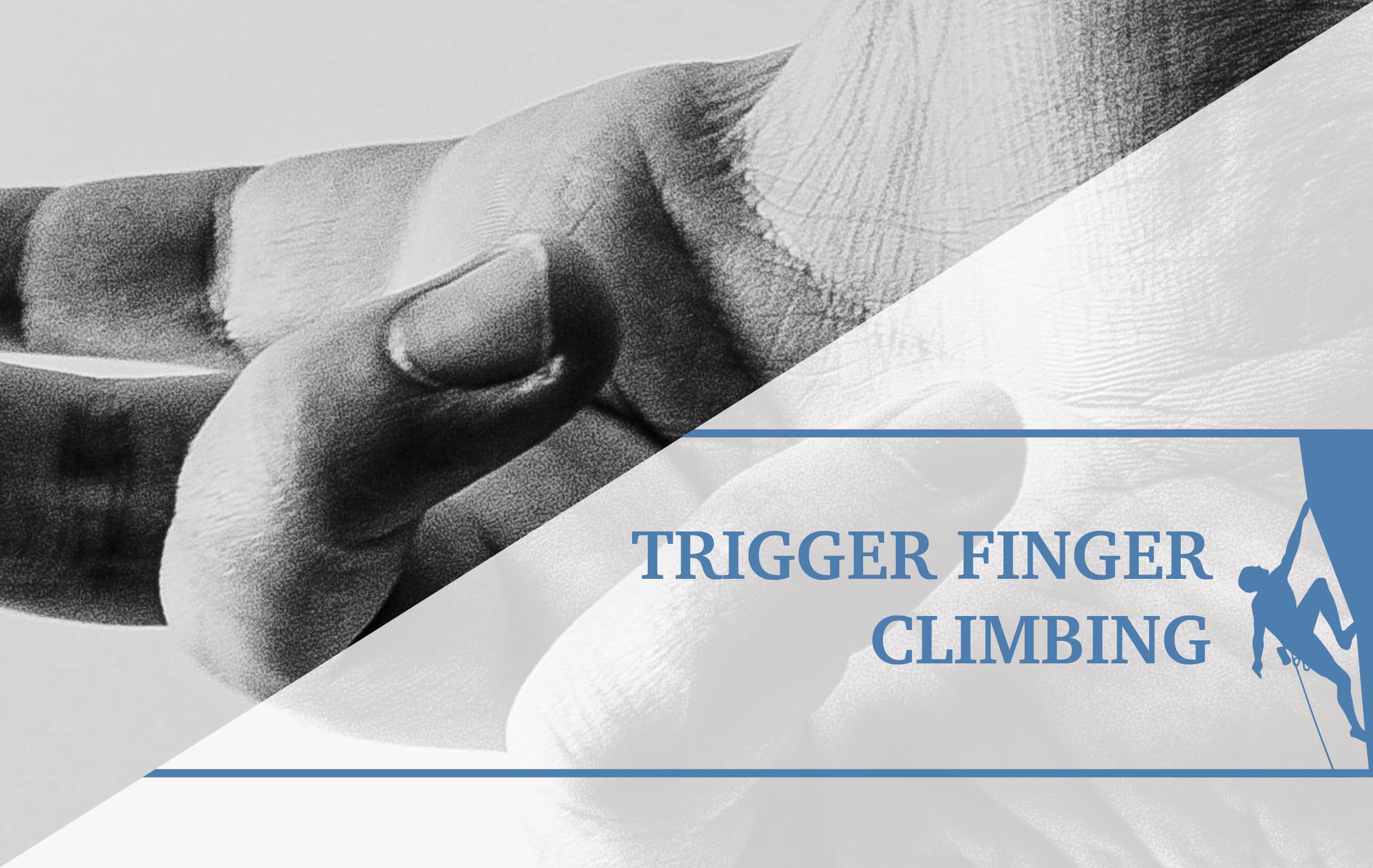
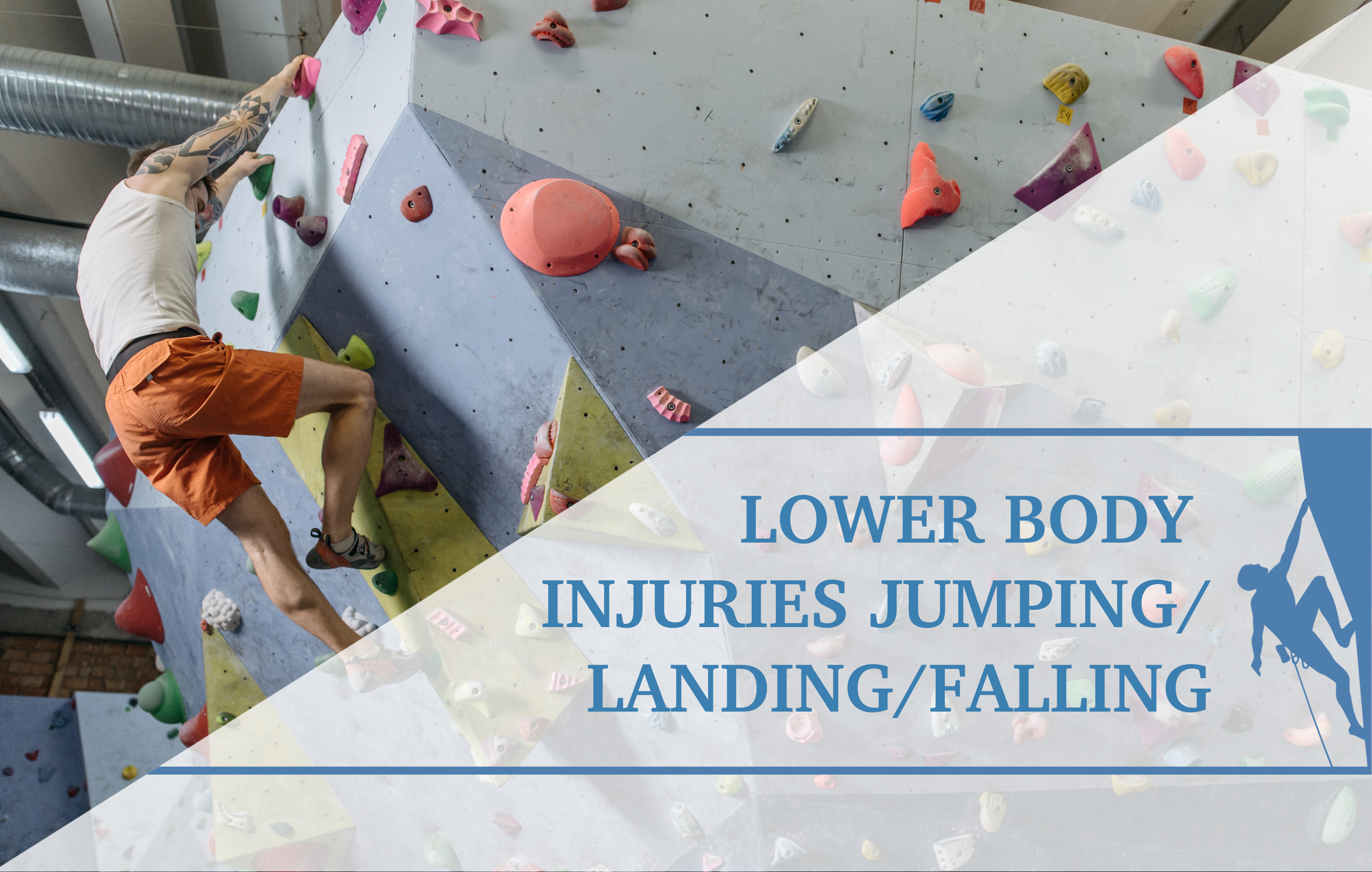
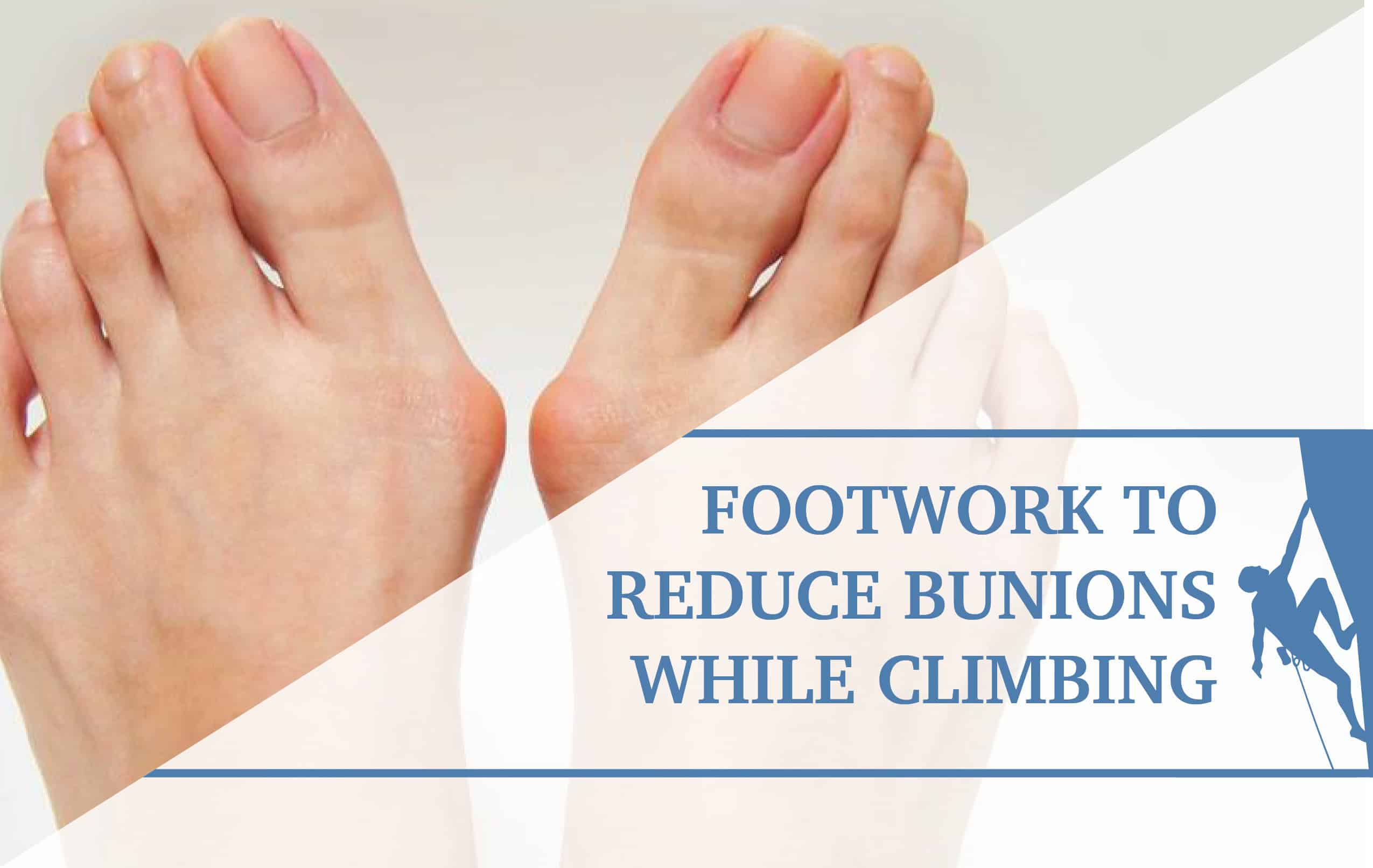
Wow.
How can this fellow get back into climbing with that much metal immobilizing his back? Or did that hardware get surgically removed later? In any case remarkable! My helmets off to both the and his doctors and supportive family.
Well my climbing sir, to address your question about all the metal immobilizing Steve’s back.
Steve’s hardware will stick with him for life. He received thoracic spinal fusion surgery in order to provide increase support through his vertebra yet more importantly protect his nervous system. Lucky for Steve, our thoracic spine has less mobility (vs our lumbar or cervical spine) due to all our ribs attaching so that’s one of a few factors how Steve was able to rehab and get back to sending hard.
Thanks for the question and hope your able to send that next project lickity split.
– Brian